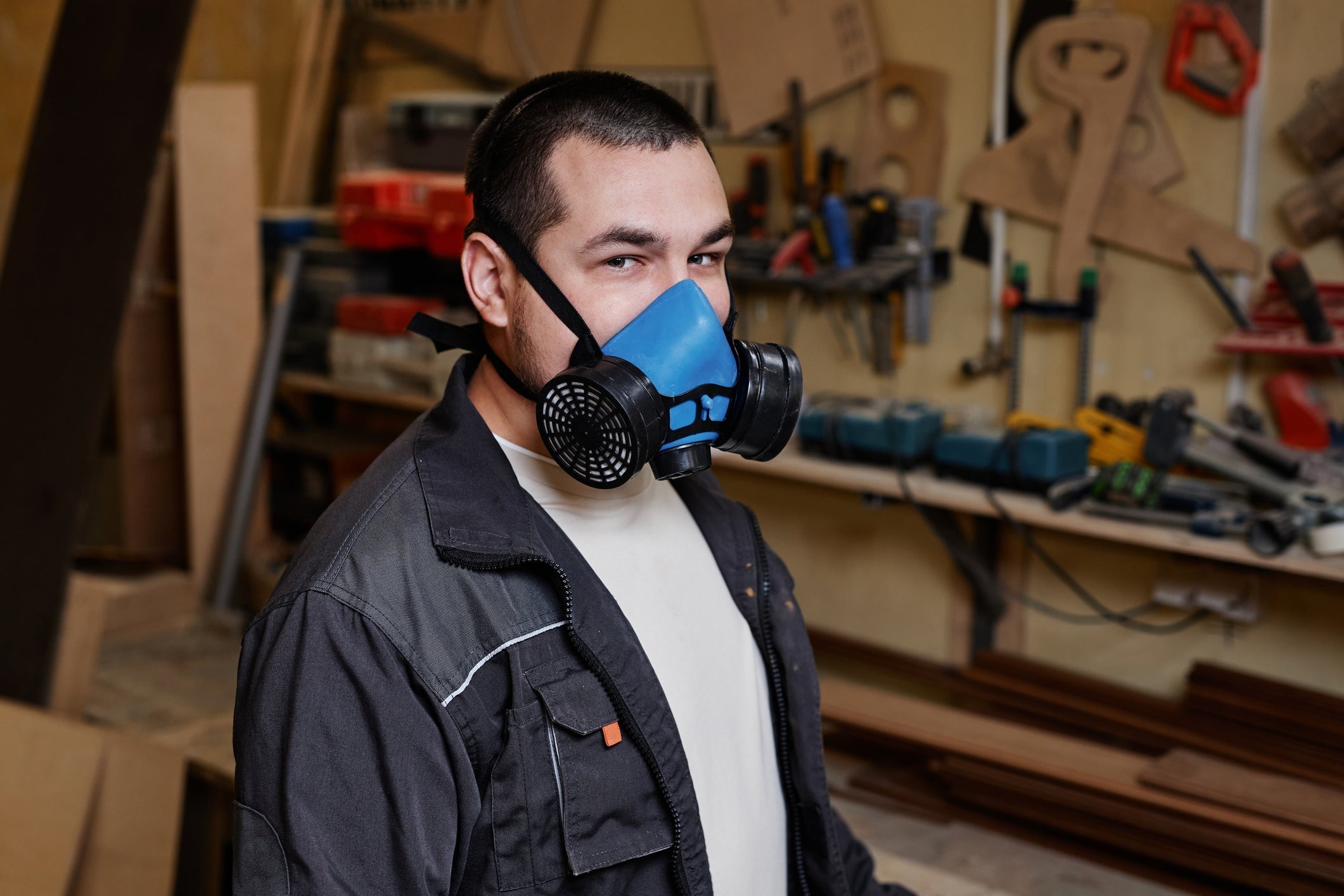Quick Summary: How to Safely Clean Reusable Respirators
To properly clean reusable respirators: disassemble the parts, wash with mild detergent and warm water, rinse thoroughly, disinfect with an approved solution, air-dry completely, and reassemble carefully. Avoid alcohol or bleach unless specified by the manufacturer, and never soak filters or cartridges.
1. Why Proper Cleaning Matters
Reusable respirators protect against airborne hazards like dust, chemicals, and pathogens. Cleaning them incorrectly can degrade materials, compromise seals, and put users at risk.
2. OSHA & Manufacturer Cleaning Guidelines
OSHA standard 29 CFR 1910.134 requires employers to ensure that reusable respirators are cleaned and disinfected after each use or before being reused by another employee. Always follow manufacturer-specific cleaning instructions for each respirator model.
3. Tools and Supplies You’ll Need
- Warm water (110°F or less)
- Mild detergent (no oils or moisturizers)
- Soft brushes or cloths
- EPA-registered disinfectant or 70% isopropyl alcohol (if approved)
- Clean drying area or paper towels
- Latex or nitrile gloves for protection
4. Step-by-Step Cleaning Process
Step 1: Disassemble the Respirator
Remove filters, cartridges, or any parts not meant to be washed. Do not submerge filter components.
Step 2: Wash Facepiece and Valves
Use warm water and mild detergent. Gently scrub all surfaces including straps, valves, and connectors. Avoid harsh brushes.
Step 3: Rinse Thoroughly
Rinse all parts in clean, warm water to remove soap and debris.
Step 4: Disinfect
Apply disinfectant per instructions. Avoid soaking unless specified safe by the manufacturer. Recommended options include diluted bleach (1 tablespoon per quart of water), or products from EPA’s List N.
Step 5: Dry Completely
Air dry in a clean, non-contaminated area. Do not use high heat, direct sunlight, or compressed air.
Step 6: Reinspect and Reassemble
Check seals, valves, and straps for damage before reinstalling filters and cartridges.
5. What NOT to Do
- Do not use abrasive cleaners or brushes
- Do not soak cartridges or filters
- Do not use bleach unless manufacturer-approved
- Do not reassemble while wet
- Do not share respirators unless properly cleaned between uses
6. Recommended Cleaning Frequency
Clean daily after use, or more often if exposed to oil, chemicals, or biohazards. Respirators used by multiple people must be cleaned and disinfected between users.
7. Storage After Cleaning
Store in a sealed, clean container or bag once fully dry. Avoid areas with extreme heat, cold, or direct sunlight.
8. Related Products
Conclusion
Proper cleaning and disinfecting of reusable respirators not only extends the life of the equipment but ensures safety for all users. Following OSHA guidelines and manufacturer instructions is essential for maintaining compliance and protecting health.
About the Author: Mick Chan
Mick Chan has been a trusted safety supplies professional for over 15 years. A graduate of Cal State LA and lifelong San Gabriel Valley resident, he helps organizations implement OSHA-compliant PPE programs with practical solutions and expert insight.

